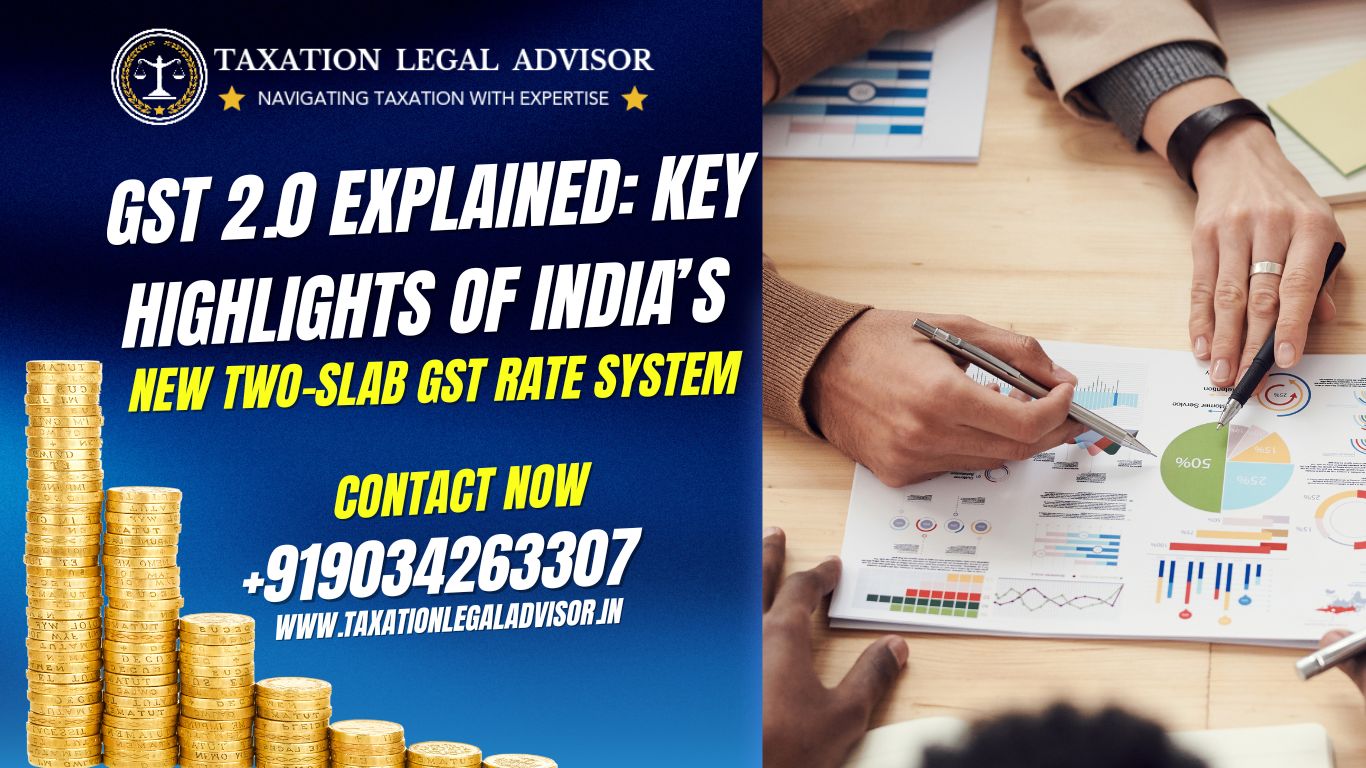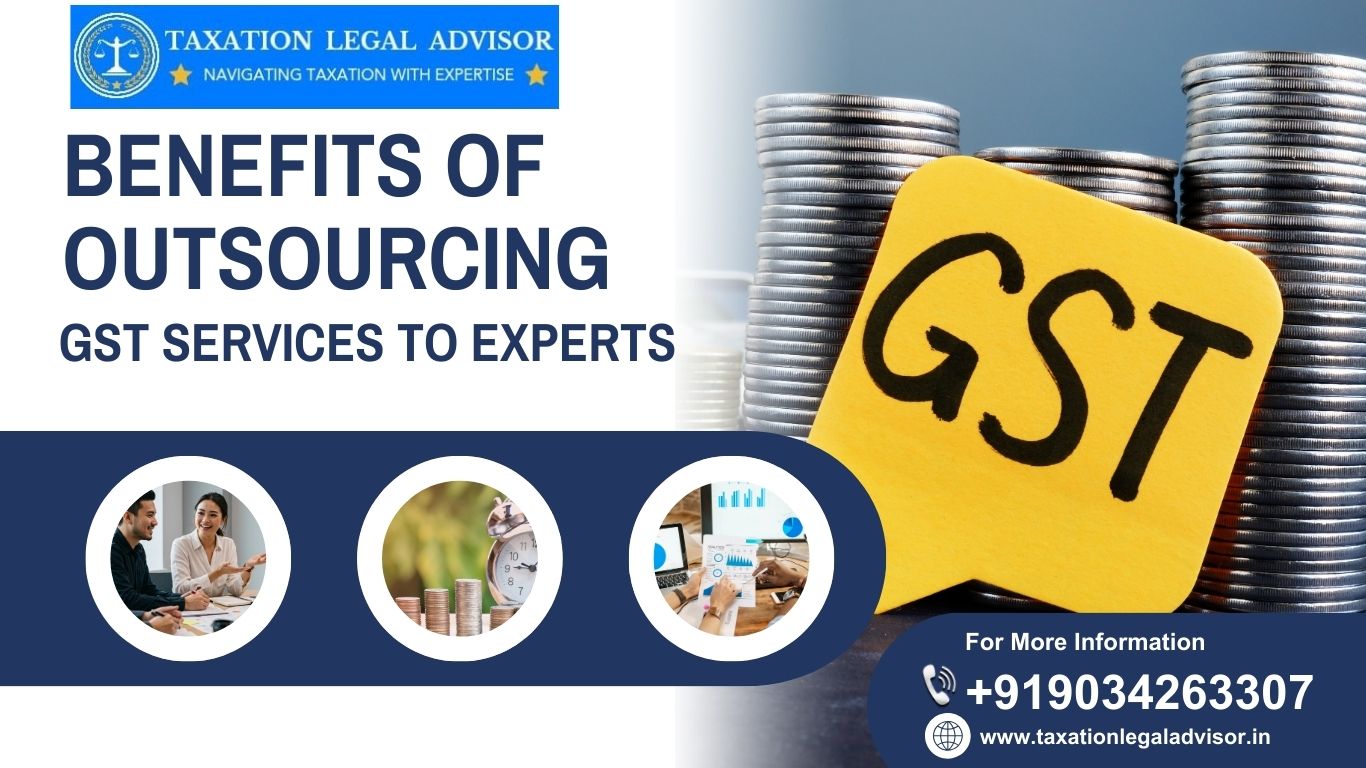GST 2.0 Explained: Key Highlights of India’s New Two-Slab GST Rate System from September 22, 2025
The Indian government has unveiled one of the most ambitious reforms in indirect taxation since the introduction of the Goods and Services Tax (GST) in 2017. As of September 22, 2025, GST 2.0 radically restructures the prevailing regime, replacing the former multi-slab system with a simplified two-slab model. Let’s delve into the comprehensive changes, explore what gets cheaper, what becomes costlier, and how these reforms impact businesses and consumers.
Introduction: Why GST 2.0?
GST 2.0 represents a move towards simplification, transparency, and ease of compliance. The legacy four-tier structure (5%, 12%, 18%, 28%) was replaced with a two-slab structure (5%, 18%) and a special demerit/luxury rate of 40% for select goods. The primary aim is to boost domestic consumption, reduce classification disputes, and make tax compliance more predictable.
- Simplified compliance for businesses, MSMEs, and tax professionals
- Fewer classification disputes and litigation
- Encouraged formalization of the economy
- Enhanced transparency and taxpayer confidence
The New GST Rate Structure
From September 22, 2025, India’s GST structure is as follows:
- 5% Merit Rate: Essential and mass consumption goods & services
- 18% Standard Rate: Most other goods & services
- 40% Demerit Rate: Select sin and luxury goods (e.g., tobacco, premium cars, aerated drinks)
0% (NIL) Exemption: Several daily use and critical goods, primarily foodgrains and some life-saving medicines.
Full List: What Gets Cheaper?
A significant number of goods and services will see lower prices under GST 2.0. Here are the headline items and their new rates:
Household and Daily Essentials
- Indian breads: Chapati, roti, paratha—shifted to NIL GST
- Paneer, UHT milk, khakhra, pizza bread: Now NIL GST
- Soaps, toothpaste, talcum powder, shaving cream, personal care: Now down to 5% GST
Food and Groceries
- Cereals, pulses, unbranded flour (atta), rice: Remain in exempt or 5% slab
- Packaged foods previously at 12% now at 5%
Medicines and Healthcare
- 33 lifesaving drugs (for cancer, rare diseases): Now GST exempt
- Critical injectable drugs: Nil GST for select medications
- Health and life insurance premiums: Exempt from GST for individuals
Home Appliances, Electronics & Construction Materials
- Air conditioners, refrigerators, televisions, dishwashers: GST down from 28%/18% to 18%
- Cement: Down from 28% to 18%—major impact for construction and homebuyers
- PVC pipes, unpolished marble/stone: Down to 5%
- Paints, tiles, electricals, wires, steel: Now at 18%
Automobiles & Mobility
- Small cars, bikes, some auto parts: GST cut from 28% to 18%
- Electric vehicles: Remain at 5%; support for green mobility
- Renewable energy devices and agricultural machinery: Down to 5%
Services
- Salons, yoga, gyms, barbers: Now taxed at 5% instead of 18%
- Restaurant services (non-AC, standalone): Remain at 5%
Full List: What Will Become Costlier?
Some items will attract higher tax rates, especially luxury and premium products:
Apparel & Footwear
- Apparel over ₹2,500 per unit: Now 18% GST, up from 12%
- Luxury foot-wear: Increased slab from 12% to 18%
High-End Electronics & Luxury Goods
- Large screen TVs, premium audio systems, top-end gadgets: 18% GST
- Select imported goods & branded luxury items: 18% or, for some products, 40%
- Premium vehicles, tobacco, select pan masala, aerated drinks: Now subject to 40% GST
Jewelry & Precious Metals
- Gold, diamond, high-value jewelry: Continue to attract higher GST
Services
- Club memberships, theme parks, luxury services: Moved to higher rate brackets
GST 2.0: Policy Rationale and Impact
The GST Council and government highlight several core objectives for these reforms:
- Stimulate mass consumption: Lowered rates for everyday items aim to promote spending
- Increase compliance: Clearer rate structure simplifies returns and reduces disputes
- Correct inverted duty structure: Streamlining prevents working capital issues for businesses
- Promote MSMEs & manufacturing: Lower rates on raw materials and inputs drive growth
Economic Impact
- Estimated household savings of ₹2-2.5 lakh crore over the year through lower taxes
- The reforms coincide with festive season demand, benefiting both businesses and consumers
- Projected increase in formal sector employment and manufacture
Administrative Reforms
- Launch of the Goods and Services Tax Appellate Tribunal (GSTAT) for faster dispute resolution
- Enhanced use of digital invoicing, AI-driven compliance tools, and e-way bills
Compliance & Transition Guidance
With the rollout of GST 2.0, businesses must note:
- Update billing software and product labels to reflect new rates
- Use updated HSN codes, as announced by the GST Council
- Prepare for online registration and digital tax administration
- MSMEs and small traders should seek capacity-building support from professional advisors
- Stay updated with GST Council notifications, as periodic reviews may refine the two-slab system
Conclusion: What Should Businesses and Consumers Do Now?
GST 2.0 is poised to reshape India’s taxation landscape, making compliance easier and expanding benefits to the masses. Businesses, manufacturers, service providers, and consumers should embrace the changes proactively, update compliance systems, and consult expert legal advisors to leverage tax advantages.
For end-to-end assistance with GST implementation, strategic reviews, and ongoing compliance, rely on a dedicated legal advisor—such as the team at Taxation Legal Advisor—for personalized, up-to-date guidance.
“Sources: Major Indian news outlets, Ministry of Finance press releases, GST Council notifications (September 2025), KPMG & industry whitepapers.”
📞 Call: +919034263307
🌐 Visit: https://taxationlegaladvisor.in










